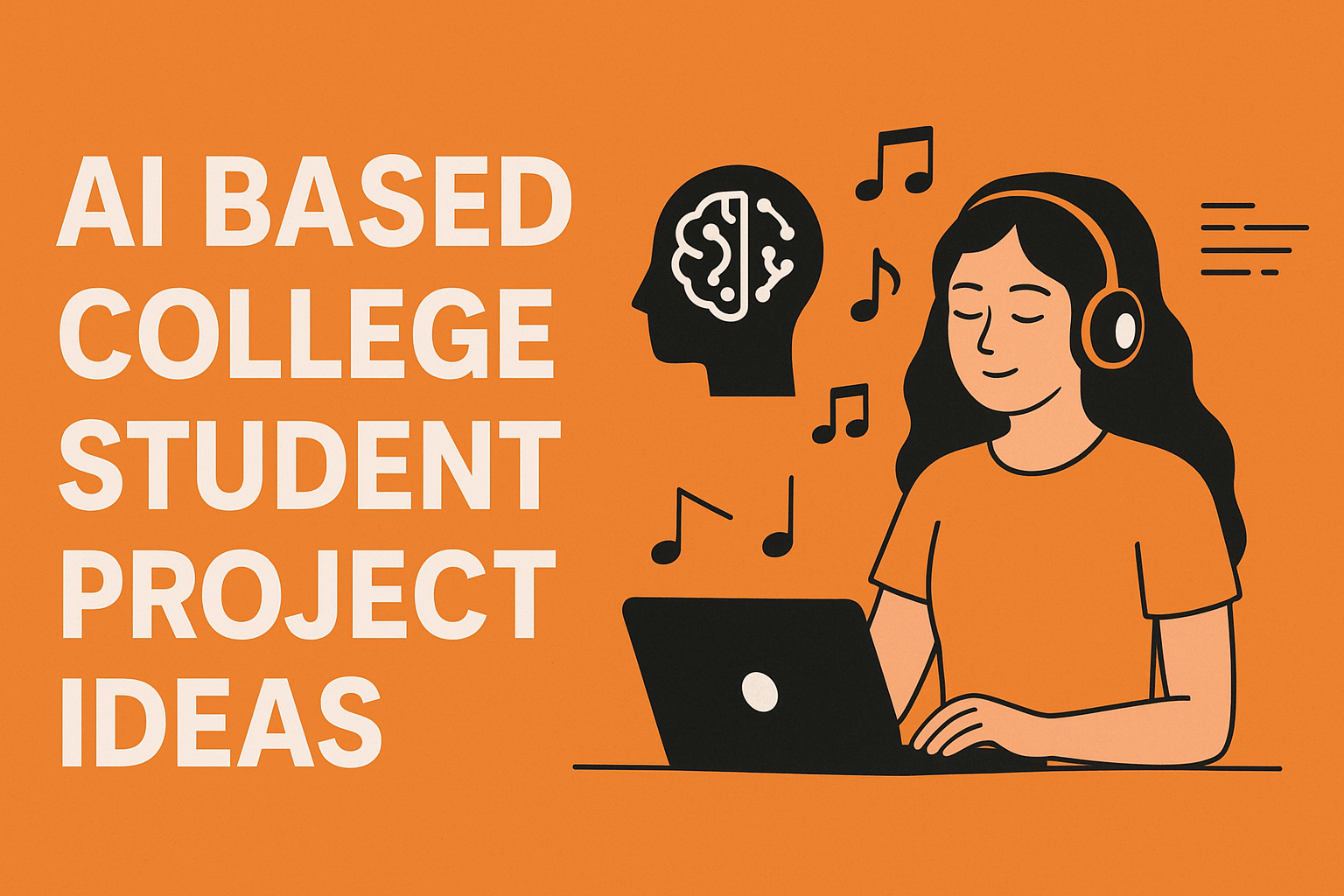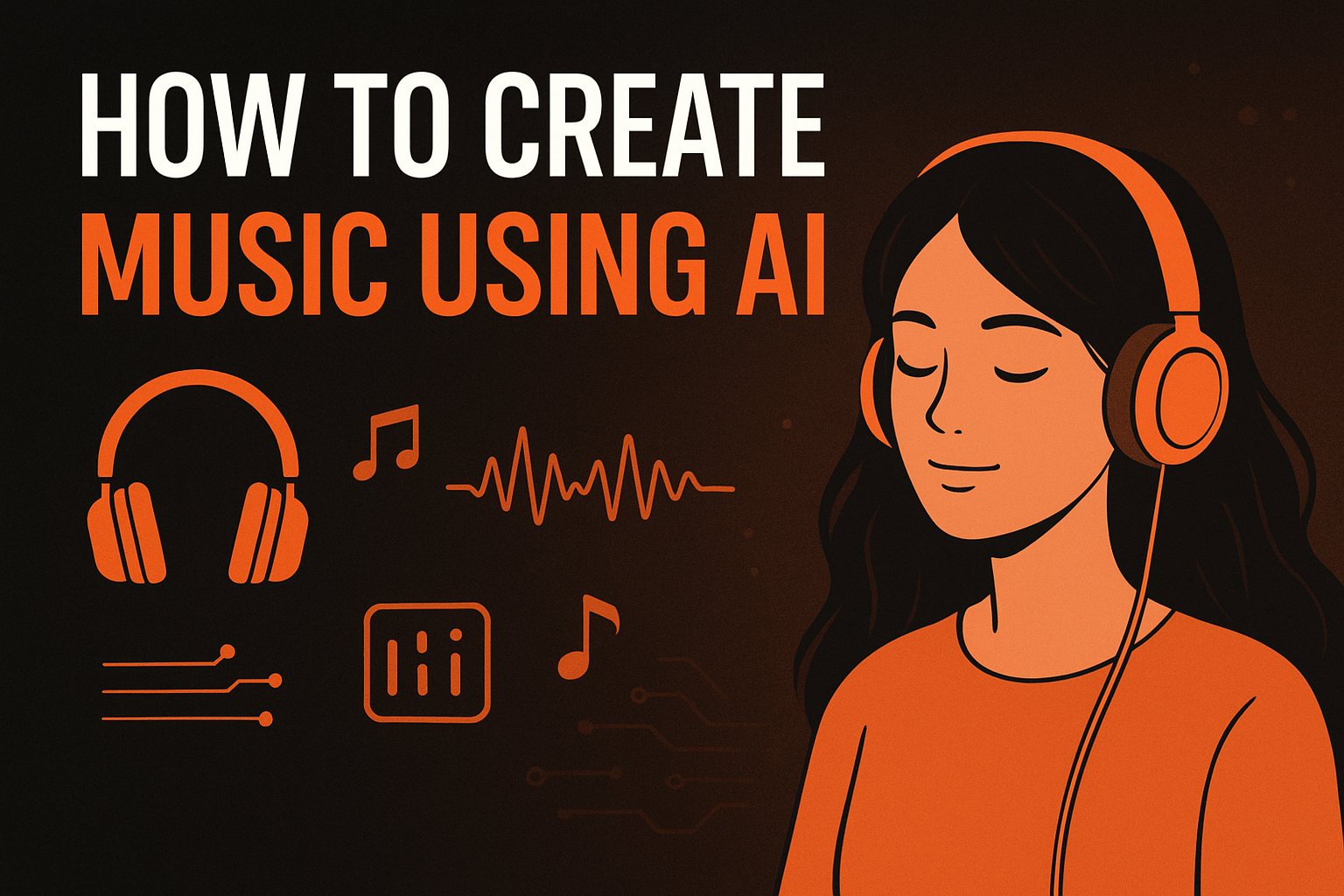Generative AI refers to a type of artificial intelligence technology that has the ability to create new and original content, such as images, videos, text, and even music. Unlike traditional AI algorithms that are designed to perform a specific task, generative AI is designed to produce novel and unique outputs based on a given input or set of inputs.
The potential of generative AI is vast and has the ability to revolutionize many industries and aspects of our daily lives. In this article, we will explore what generative AI is, how it works, and how it is already being used to benefit humans.
What is AI Generative?
Generative AI is a type of machine learning algorithm that uses a generative model to create new content. A generative model is a type of AI model that is capable of generating new data that is similar to the training data it has been fed. The algorithm can then use this generated data to create new and original content.
Generative AI works by training a neural network on a large dataset of input data, such as images or text. The neural network then learns the patterns and relationships within the data and uses this information to generate new content. For example, a generative AI model trained on a dataset of cat images could generate new and unique images of cats based on the patterns and features it has learned from the training data.
How Generative AI Helps Humans
Generative AI has the potential to benefit humans in a wide range of industries and applications. Here are a few examples:
Entertainment Industry
Generative AI can be used in the entertainment industry to create new and unique content. For example, it can be used to generate new music or sound effects for movies and video games. This can reduce the time and cost of creating new content and can also lead to more original and creative outputs.
Healthcare Industry
Generative AI can be used in the healthcare industry to develop new drugs and treatments. For example, it can be used to generate new molecules that can be used in the development of new drugs. It can also be used to generate new 3D models of organs and tissues, which can help doctors and researchers to better understand diseases and develop more effective treatments.
Education Industry
Generative AI can be used in the education industry to create new and interactive learning materials. For example, it can be used to generate new images and videos that can be used to explain complex concepts. It can also be used to create personalized learning experiences for students based on their individual learning styles and preferences.
Design Industry
Generative AI can be used in the design industry to create new and innovative designs. For example, it can be used to generate new clothing designs, architecture designs, and even furniture designs. This can lead to more original and creative designs and can also reduce the time and cost of creating new designs.
Gaming Industry
Generative AI can be used in the gaming industry to create more realistic and immersive games. For example, it can be used to generate new and unique game environments, characters, and objects. This can lead to more original and creative games and can also reduce the time and cost of game development.
Challenges and Risks of Generative AI
While generative AI has the potential to benefit humans in many ways, it also has some potential risks and challenges. One of the major challenges is the ethical implications of creating synthetic data and content. There is a risk of bias and discrimination, and the responsibility falls on the developers and users of the technology to ensure that it is used in an ethical and responsible manner.
Another challenge is the potential for generative AI to be used for malicious purposes, such as generating fake news or deep fakes. As technology continues to advance, it is important to develop effective measures to prevent the misuse of generative AI.
Moreover, the use of generative AI raises important questions about the ownership of the generated content. Who owns the copyright to the content generated by a machine? Should the original creators of the training data have a claim to ownership of the generated content?

Conclusion
Generative AI is a powerful technology that has the potential to revolutionize many aspects of our daily lives. It can be used in a wide range of industries and applications, from entertainment and healthcare to education and design.
While there are challenges and risks associated with generative AI, the benefits are clear. By leveraging the power of AI to create new and original content, we can improve efficiency, reduce costs, and unlock new possibilities.
As with any new technology, it is important to use generative AI in an ethical and responsible manner. By doing so, we can ensure that this powerful technology is used to benefit humanity as a whole.
About Author

Madhavaraman is an Expert technical writer and technology enthusiast with 10+ years of experience in technology. (AI, ML,NLP,NFT, etc).




